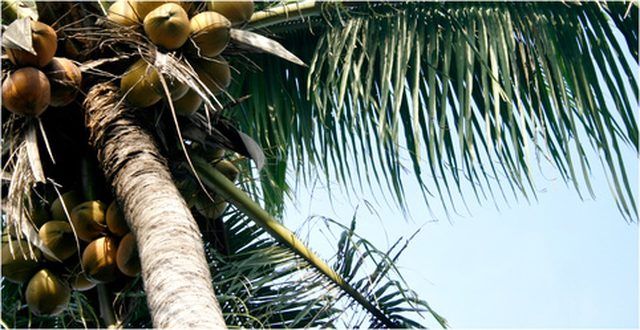Bulbs
Flower Basics
Flower Beds & Specialty Gardens
Flower Garden
Garden Furniture
Garden Gnomes
Garden Seeds
Garden Sheds
Garden Statues
Garden Tools & Supplies
Gardening Basics
Green & Organic
Groundcovers & Vines
Growing Annuals
Growing Basil
Growing Beans
Growing Berries
Growing Blueberries
Growing Cactus
Growing Corn
Growing Cotton
Growing Edibles
Growing Flowers
Growing Garlic
Growing Grapes
Growing Grass
Growing Herbs
Growing Jasmine
Growing Mint
Growing Mushrooms
Orchids
Growing Peanuts
Growing Perennials
Growing Plants
Growing Rosemary
Growing Roses
Growing Strawberries
Growing Sunflowers
Growing Thyme
Growing Tomatoes
Growing Tulips
Growing Vegetables
Herb Basics
Herb Garden
Indoor Growing
Landscaping Basics
Landscaping Patios
Landscaping Plants
Landscaping Shrubs
Landscaping Trees
Landscaping Walks & Pathways
Lawn Basics
Lawn Maintenance
Lawn Mowers
Lawn Ornaments
Lawn Planting
Lawn Tools
Outdoor Growing
Overall Landscape Planning
Pests, Weeds & Problems
Plant Basics
Rock Garden
Rose Garden
Shrubs
Soil
Specialty Gardens
Trees
Vegetable Garden
Yard Maintenance
How to Grow Coconut Trees in Florida
How to Grow Coconut Trees in Florida. Coconut palm trees thrive in tropical and semitropical regions and are found in almost all areas of Florida. Because the tree is highly salt tolerant, the Coconut palm also grows well in coastal areas of the state. Although you can purchase Coconut trees at most garden centers and nurseries in Florida, you can...

Coconut palm trees thrive in tropical and semitropical regions and are found in almost all areas of Florida. Because the tree is highly salt tolerant, the Coconut palm also grows well in coastal areas of the state. Although you can purchase Coconut trees at most garden centers and nurseries in Florida, you can also grow your own tree from a coconut. Luckily, the Florida humidity and temperature increase the success rate of growing the coconut into a tree.
Things You'll Need
Coconut
3-gallon plant pot
Rocks
Potting soil
Sand
Garden spade
Water
Shovel
Granular palm tree fertilizer
Find an existing coconut tree and look on the ground for a fallen coconut that is brown and dry to the touch. The outer smooth husk should still be on the coconut so that none of the brown fibers are exposed. Shake it. You should also be able to hear water sloshing around on the inside.
Fill the bottom of a 3-gallon pot with rocks to provide proper drainage for the soil.
Place one part of an all-purpose potting soil and one part sand into the pot and mix it well with a garden spade. Dig a shallow hole in the top of the soil that is the depth of half the height of the coconut.
Set the coconut on a flat surface to determine which way to plant it. When the coconut stops rolling and is still, pick it up and maintain the position while placing it into the hole in the soil. Push the soil around the sides of the coconut but do not mound it on top.
Place the plant pot in a partly sunny outdoor location and water it until the top of the soil is moist but not saturated.
Water the soil in the pot during periods of drought. Otherwise, the normal Florida rainfall patterns will supply sufficient moisture for the coconut. The coconut will sprout in approximately nine months.
Wait until six months after the coconut sprouts and transplant it into the ground. Dig the coconut out of the pot gently with your hands so as not to damage the roots. Choose a location with full sunlight and use a shovel to dig a hole twice as deep as the roots of the plant.
Add a 3- to 4-inch layer of composted manure to the hole and set the roots of the coconut into the hole so that they are 1 inch below the surface of the soil. Fill the hole in with additional soil and pack it down firmly.
Spread a slow-release palm tree fertilizer around the base of the trees at a rate of 1 1/2 lbs. per 100 sq. feet, according to the University of Florida IFAS Extension Service. Repeat the fertilizer application every three months.
Tips & Warnings
You can plant coconut palms any time of the year, but according to the University of Florida IFAS Extension Service the best time for planting is in the summer.